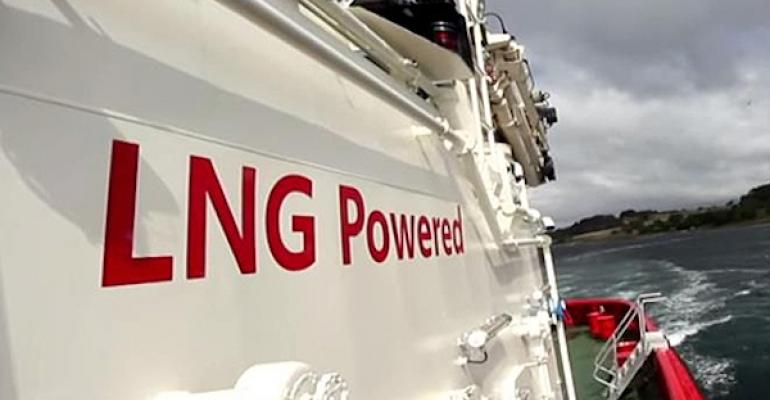A joint report by Korea Development Bank and Korea Trade-Investment Promotion Agency projected that about 60.3% of the world’s newbuilding orders will be LNG-fuelled ships by 2025.
The report, based on data from Clarksons and Lloyd’s Register (LR), estimated that as many as 1,962 new LNG fuelled ships would be built by 2025. Demand for LNG bunker tankers is also expected to jump more than tenfold from 313,000 dwt in 2016 to 3.2m dwt in 2030.
With Korean shipbuilders forecast to build more than 60% of the world’s large LNG-fuelled ships, the study estimated the domestic market for LNG vessel equipment to enlarge to KRW12trn ($10.8bn) in 2020 from KRW3trn in 2017.
Read more: Keppel, DNV GL ink agreement to boost uptake of LNG as fuel
In November 2018, the Korean government unveiled an ambitious plan to order 140 LNG-fuelled ships by 2025 to help revive the country’s ailing shipbuilding industry.
The use of LNG as a marine fuel is gaining attention as global shipping is facing tougher environmental regulations and under pressure to operate cleaner vessels.
From 1 January 2020, it will become mandatory under IMO regulation for ships to burn bunker fuel with a maximum sulphur content of 0.5%, down from the current cap of 3.5%. The use of LNG is considered a viable alternative to meet the IMO regulation as the clean gas is virtually sulphur-free and it emits 20% less greenhouse gas compared to conventional heavy fuel oil.
Copyright © 2024. All rights reserved. Seatrade, a trading name of Informa Markets (UK) Limited. Add Seatrade Maritime News to your Google News feed.


